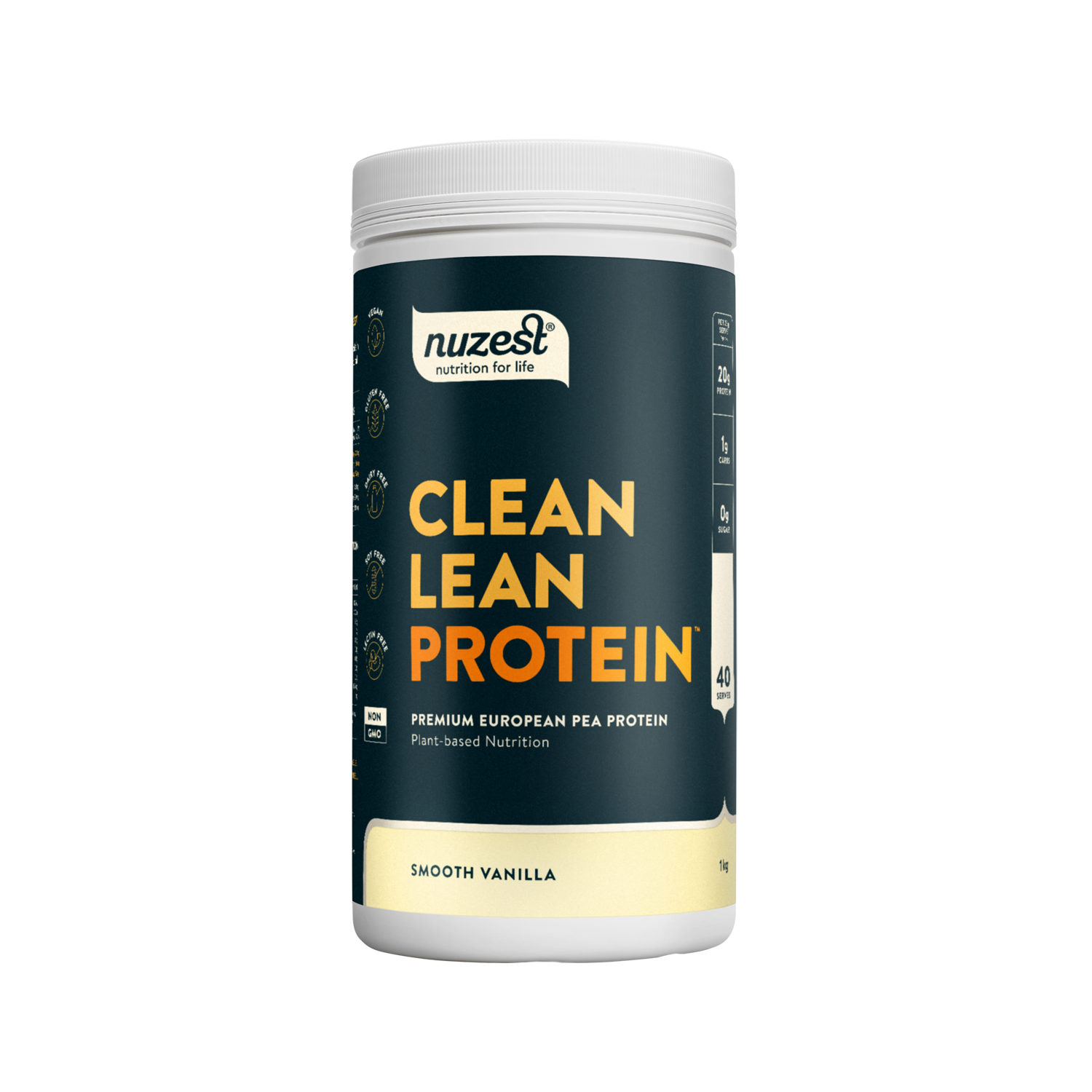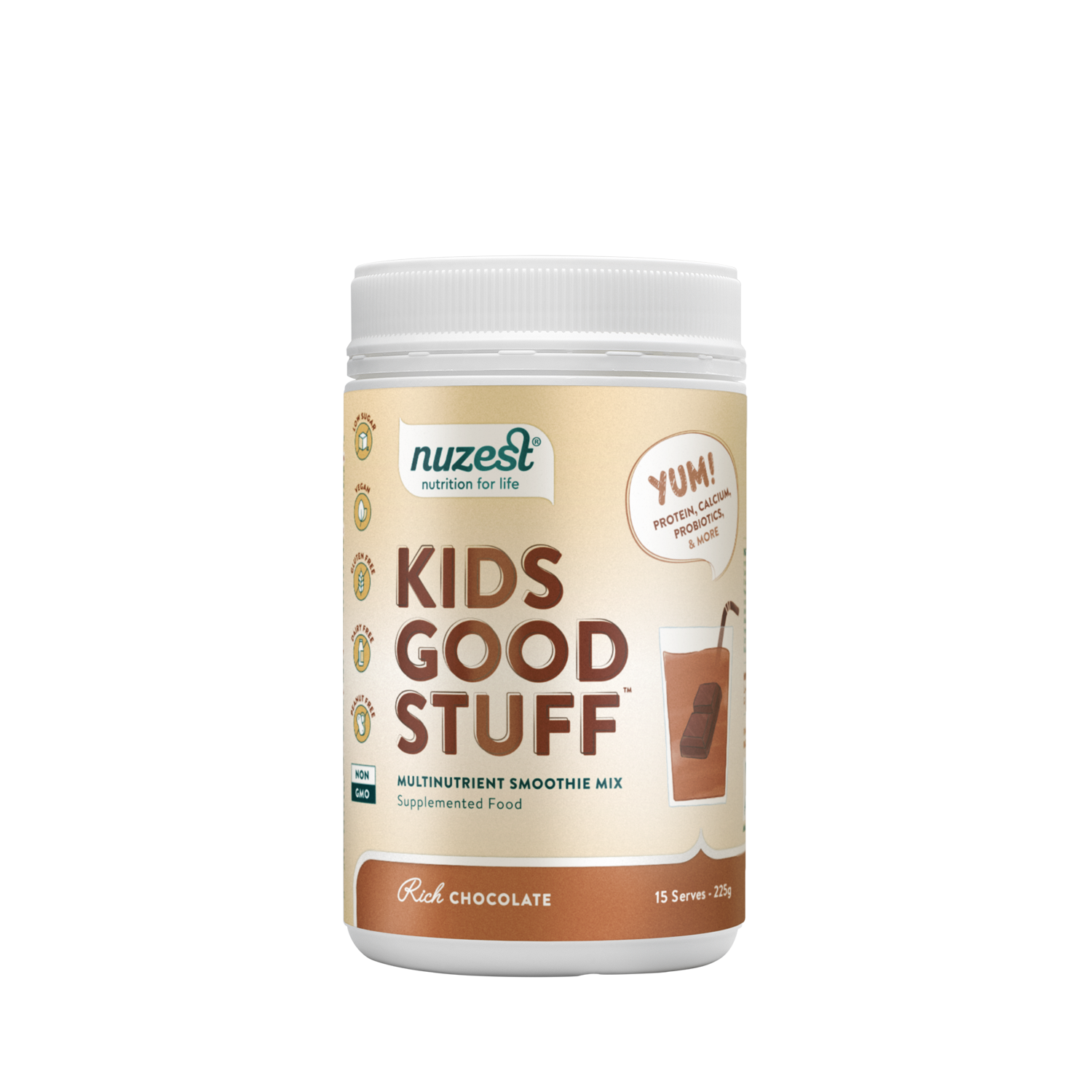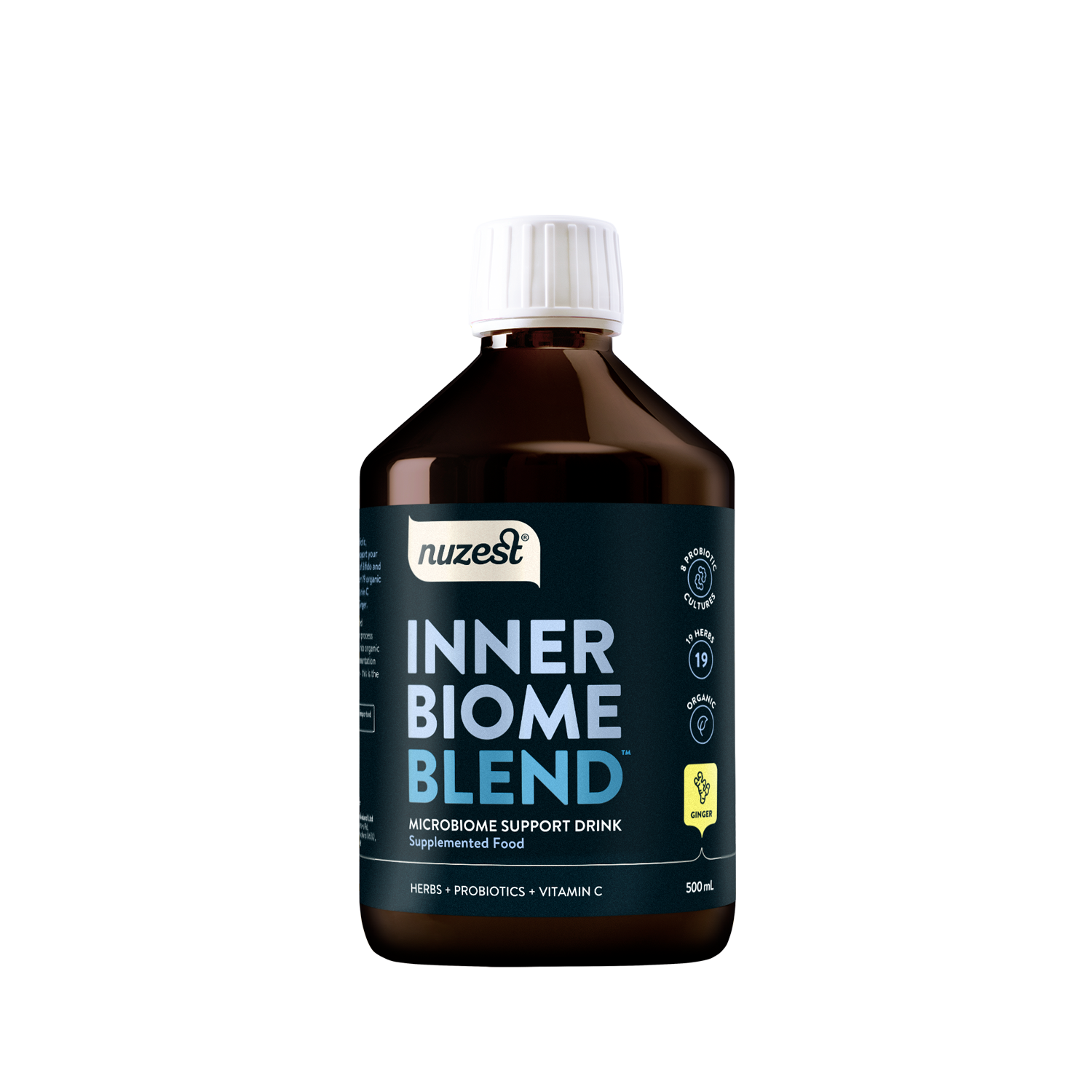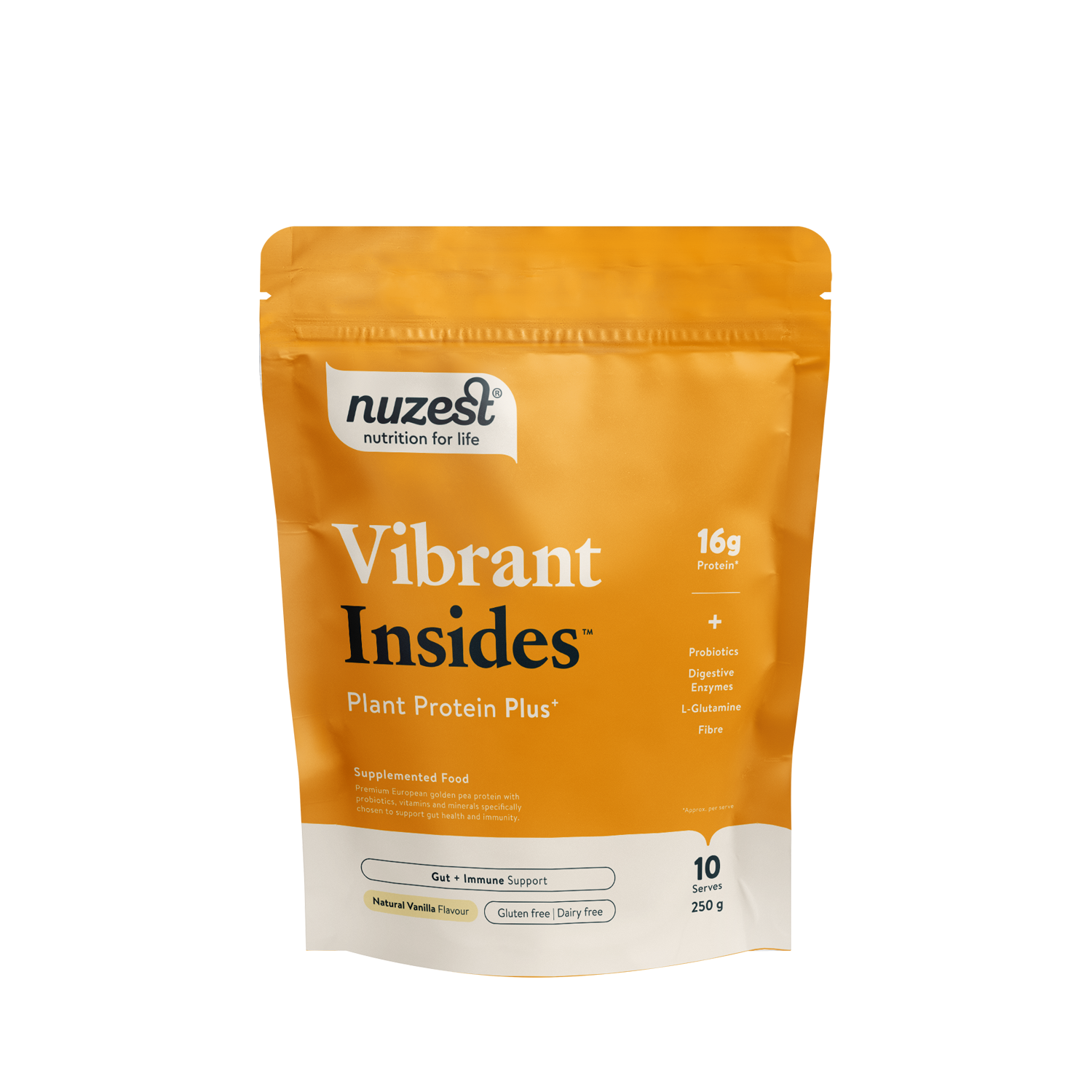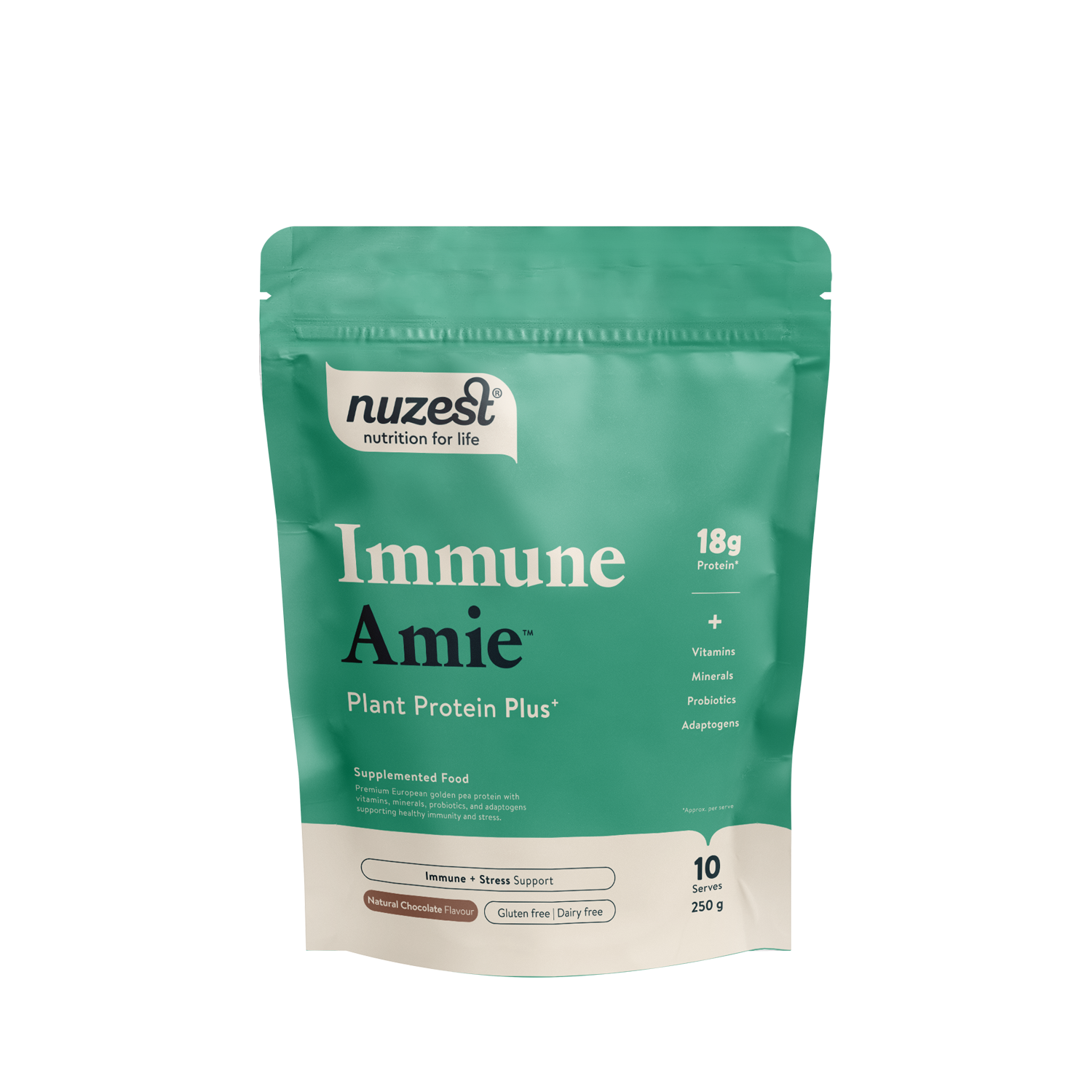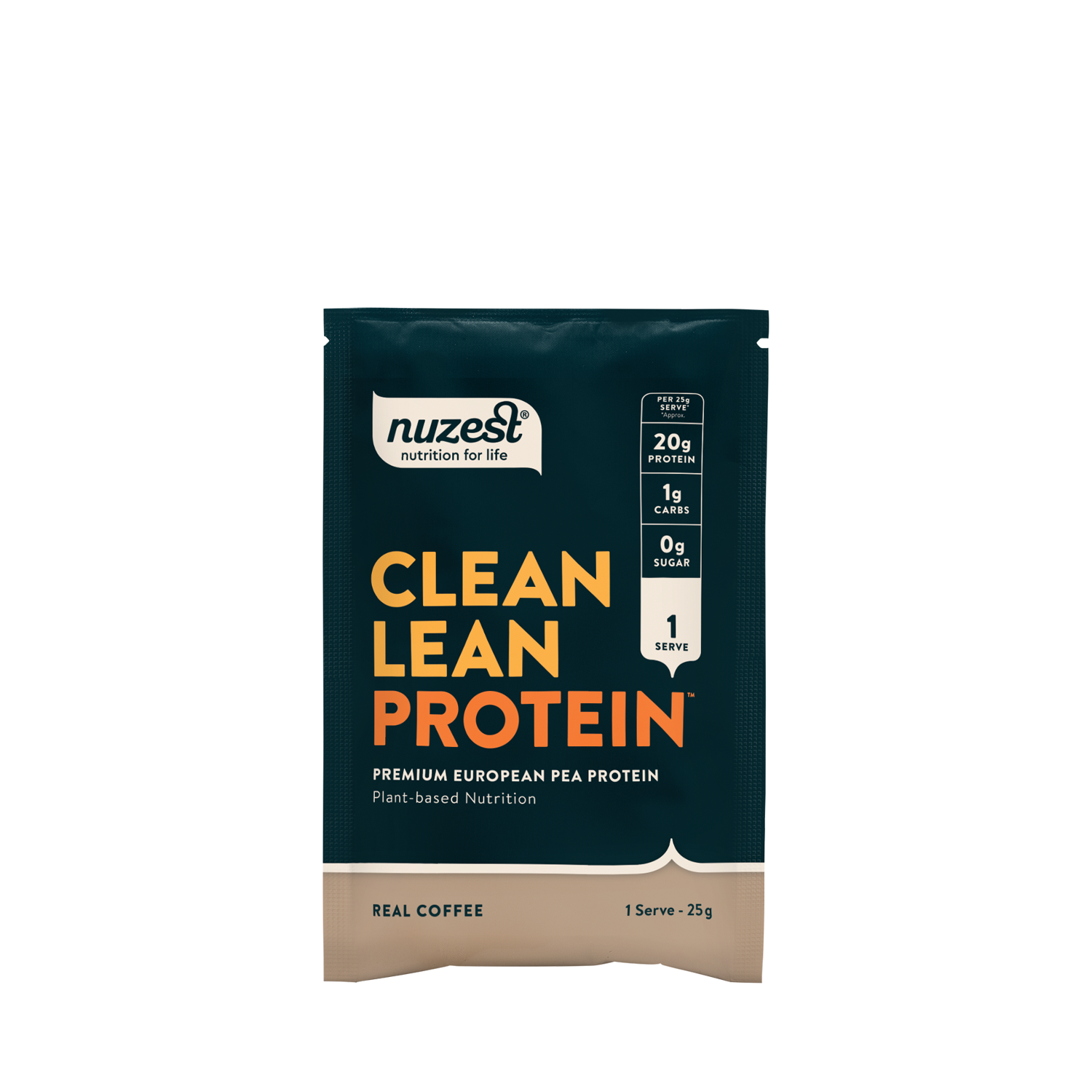Bilberry
Vaccinium myrtillus
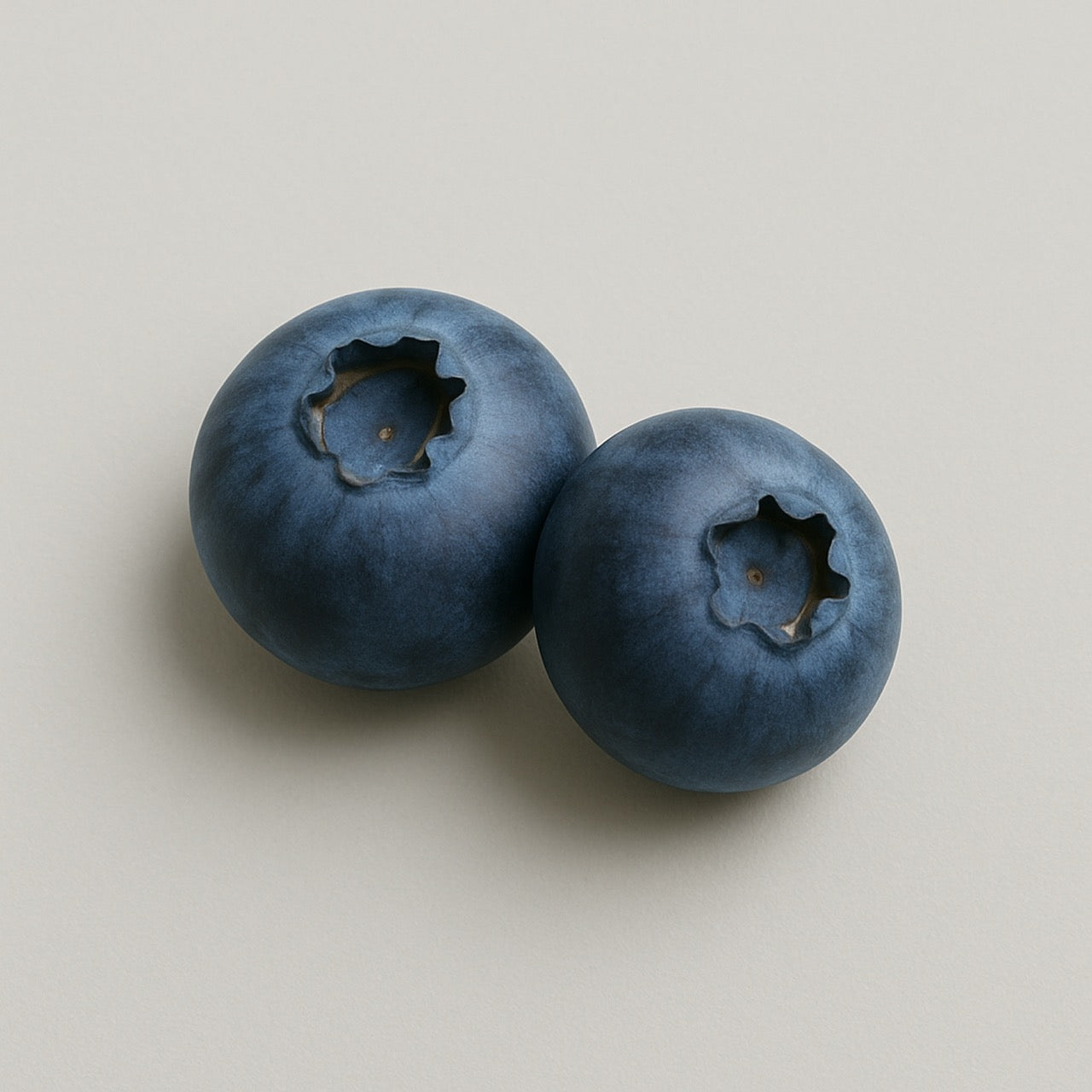
Bilberry is the fruit of the Vaccinium myrtillus plant, native to Northern Europe. It resembles the blueberry and is typically dried or processed into extracts for use in supplements and food.
Products:
Are Bilberries Anti-Inflammatory?
Bilberries have been shown to exhibit anti-inflammatory properties. Their high anthocyanin content may help reduce inflammation in the body, supporting overall health and potentially reducing the risk of inflammation-related conditions.¹
Bilberries and Heart Health
These berries may support cardiovascular health by improving circulation, reducing oxidative stress, and helping to lower blood pressure. Their antioxidant content may help prevent oxidation of LDL cholesterol, which is associated with a reduced risk of heart disease.²
Bilberries and Eyesight
Providing these anthocyanins, bilberries help improve blood flow to the eyes and protect against age-related conditions such as macular degeneration, supporting overall vision health.³
Bilberries for Blood Sugar Management
Bilberries may also support blood sugar management by improving insulin sensitivity and helping to stabilise blood sugar levels. They can be a useful addition for individuals managing or aiming to prevent type 2 diabetes.⁴
Do Bilberries Support Brain Health?
The antioxidants in bilberries also support brain health by protecting brain cells from oxidative damage. This may help improve memory, cognitive function, and reduce the risk of neurodegenerative diseases.⁵

